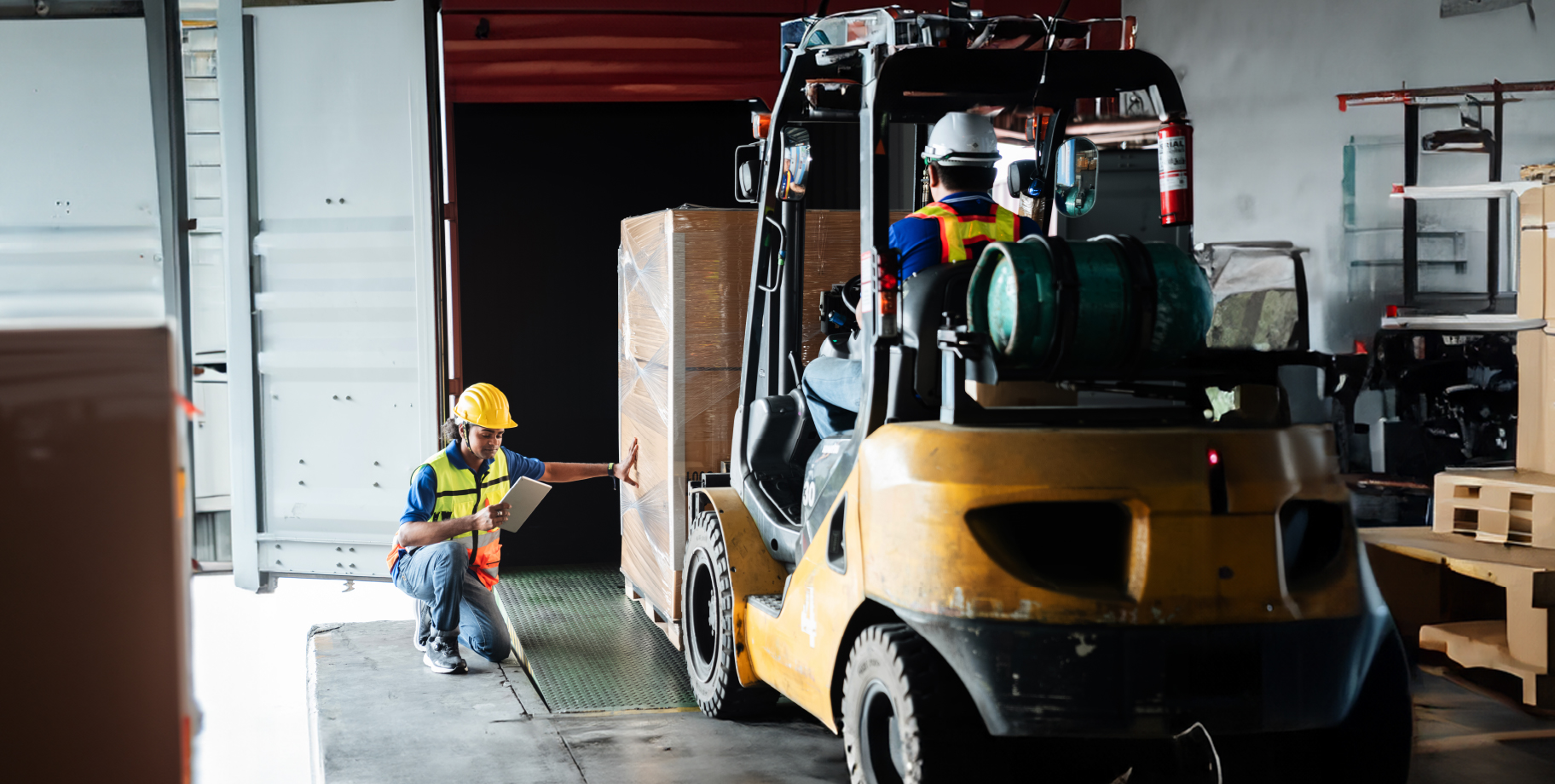“In-Between” Shipments? Use Volume LTL or Partial Truckload
Aug 08, 2024
“In-Between” Shipments? Use Volume LTL or Partial Truckload
Freight shipping is a complex process. With different modes and nuances between seemingly similar modes like less-than-truckload (LTL) and partial truckload available, it can seem even more confusing. These two services are specifically designed for shipments that fall between the weight and dimensions of typical LTL and full truckload (FTL) shipments. In this blog post, we explore the differences between volume LTL and partial truckload to help you understand which option may work best for your “in-between” shipments.
Before we dive into the details, let’s review standard LTL and FTL and how they differ. This will help you understand the context in which volume LTL and partial truckload operate.
Standard LTL typically applies to shipments weighing more than 100 lbs. but less than 15,000 lbs., with fewer than 10 pallets and shorter than 20 linear feet. LTL shipping costs are calculated based on the shipment’s packaging, dimensions, location types and freight class, which is determined by its density and any additional surcharges or accessorial fees added by the carrier.
On the other hand, full truckload is used for shipments weighing between 15,000 and 44,000 lbs. and as many as 26 pallets. Unlike LTL, the price for FTL shipments is market-based, which means the rates can fluctuate daily based on demand and other factors.
Now that we have a clear understanding of LTL and FTL shipping, let’s explore volume LTL and partial truckload in more detail.
What is Volume LTL?
Volume LTL is a cost-effective shipping option for more durable cargo. It is a service offered by LTL carriers and shares similar pricing, transit time and handling processes. Here are some key considerations for volume LTL:
- Size and weight: Volume LTL is most suitable for shipments that fall into one of these scenarios:
- Shipments with six pallets or more, weigh more than 5,000 lbs., and/or exceed 12 linear feet in length.
- Shipments that hit maximum standard LTL cubic capacity rules; that is, the freight that takes up a lot of space but has a low density/low weight (on most LTL carriers, 750 ft3 in volume with density less than 6 lb/ft3). Example: standard sized pallets where the pallets cannot be stacked.
- Transit time: While shipments can share space with other cargo, volume LTL uses a hub-and-spoke system. This means that there are more stops along the route, resulting in slower transit times. If you require quicker delivery, you may consider using overnight freight or a full truckload shipment.
- Durability: One drawback of volume LTL shipping is the multiple stops involved, which can increase the handling of the cargo. This may pose a risk for fragile and delicate items.
- Cost: The cost of the cargo space is shared among multiple shippers, making volume LTL a more economical option compared to other shipping methods.
What is Partial Truckload?
A subset of FTL that shares similar service options, partial truckload is specifically designed for less durable, time-sensitive cargo. Here’s what you need to know about partial truckload:
- Size and weight: Partial truckload is suitable for shipments ranging from 8 to 18 pallets and weighing between 8,000 and 27,500 lbs. The length of the shipment depends on the specific truck being used.
- Transit time: Like volume LTL, partial truckload shipments can also share space with other cargo. However, it does not utilize a hub-and-spoke system, which means that there are fewer stops along the route, leading to faster transit times.
- Durability: Partial truckload allows direct shipment to the consignee, reducing the amount of handling and in turn may reduce the risk of damage.
- Cost: Pricing for partial truckload is based on market rates rather than classification codes. Factors such as mileage, lane, weight and space used in the cargo area contribute to the overall cost. Remember, shipping longer distances with partial truckload can be costlier compared to volume LTL.
Volume LTL vs. Partial Truckload: A Comparison
To summarize the comparison between volume LTL and partial truckload, we have created a quick chart:
| Volume LTL | Partial Truckload | |
| Pallet count | More than 6 pallets | 8 to 18 pallets |
| Weight (lbs.) | More than 5,000 | 8,000-27,500 |
| Maximum length | Less than 12 linear feet | Dependent on truck being used |
| Transit | Multiple stops | Direct to destination |
| Durability | Better for durable cargo | Less risk of damage |
| Pricing | Mainly based on classification code, but market factors do come into play. | Based on market price |
The Bottom Line
While these guidelines can help you determine the best shipping option for your “in between” shipments, there are always variables and exceptions to consider. Factors such as shipment dimensions, specific carrier policies and lane capacity can influence the possibilities. NTG can help you navigate through your shipment specifics and identify the solution to fit your needs.
Recent Posts

Stay in the Know: Carrier Trends & Market Updates

Q4 2025 Transportation Outlook


